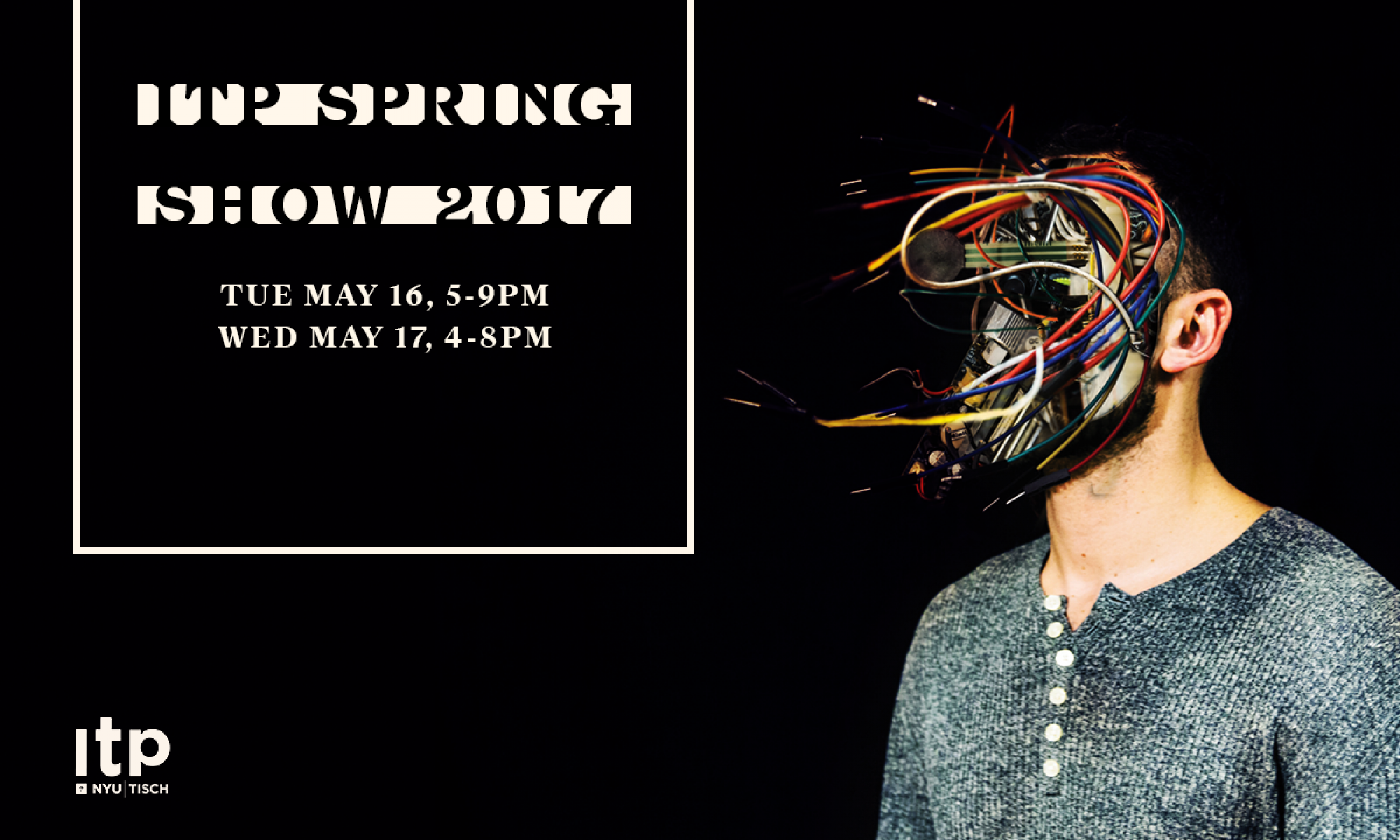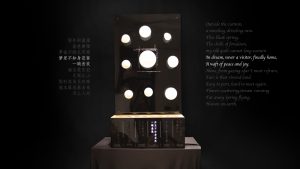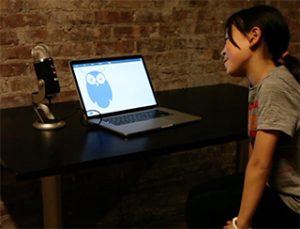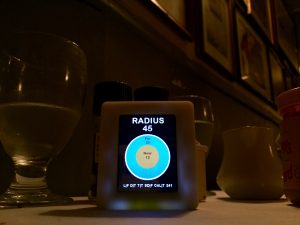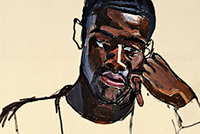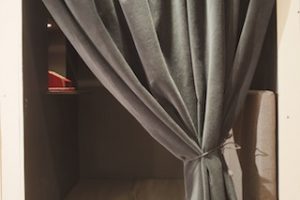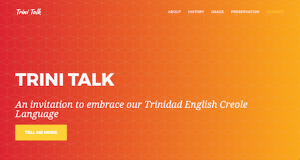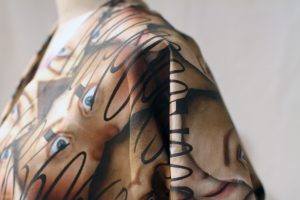Wipawe Sirikolkarn
Me, myself and .io is a projection-based augmented reality (AR) installation about who I am as seen through both my physical and digital data.
https://itp.nyu.edu/thesis2017/project/ws1236
Description
It used to be said that on the internet, nobody knows you’re a dog. Well, I beg to differ. The internet knows exactly who you are. Our digital footprint is an ongoing record of our unfiltered desires and obsessions and is traceable by both us and the big corporates. While they are selling our data to advertisers and the government, I think there’s something I can do at a very personal level using the same data. Because even though Google knows me very well, it doesn’t care about me the way I do. Me, myself and .io serves as a way for me to better understand myself by retracing my digital footprints.
Classes
Thesis
